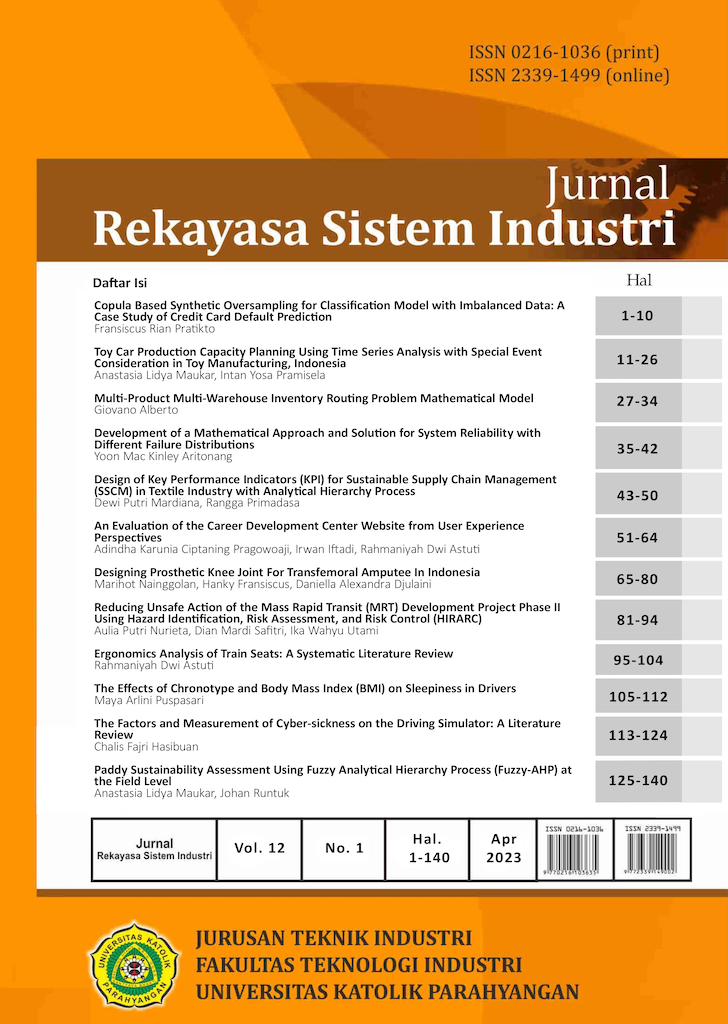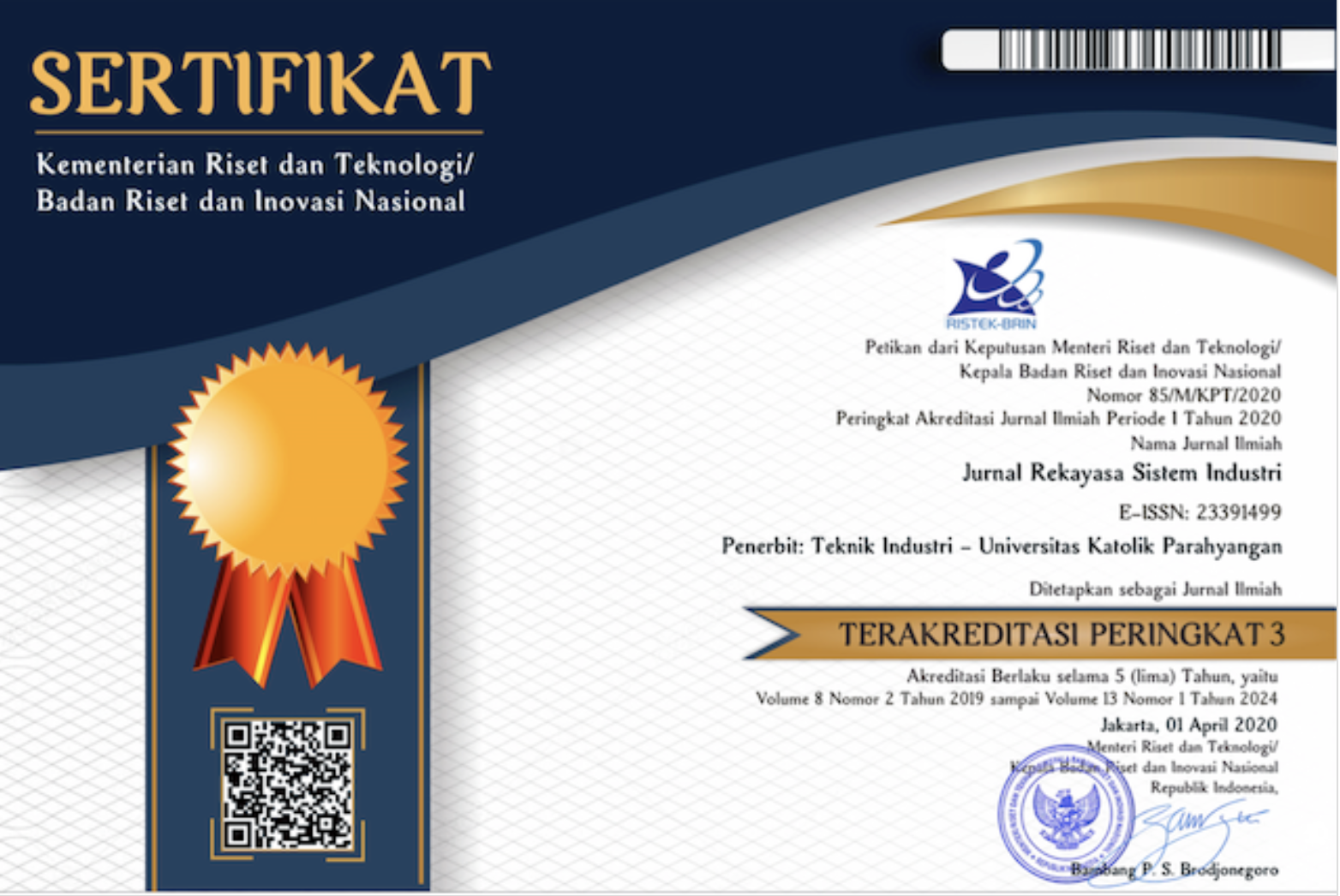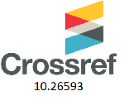Evaluasi Website Pusat Pengembangan Karir dari Perspektif User Experience
DOI:
https://doi.org/10.26593/jrsi.v12i1.5961.51-64Kata Kunci:
career development center, interview, UEQ, user experience, website evaluationAbstrak
Di era digital yang mendukung percepatan pertukaran informasi, universitas XYZ mengambil langkah inisiatif untuk menjadi penghubung antara mahasiswa dengan perusahaan yang membutuhkan talenta baru dengan meluncurkan website CDC. Website ini dirancang untuk mendistribusikan informasi terkait pasar kerja dan pengembangan karir kepada mahasiswa serta lulusannya. Namun, evaluasi yang secara langsung melibatkan mahasiswa dan lulusan belum pernah dilakukan selama proses pengembangan. Oleh karena itu, penelitian ini bertujuan untuk mengukur tingkat user experience untuk memahami persepsi pengguna terhadap website CDC milik universitas XYZ saat ini. Penelitian ini menggunakan User Experience Questionnaire (UEQ) untuk menilai persepsi mahasiswa dan alumni. Selanjutnya, semi-structured interviews juga dilakukan untuk memahami alasan dibalik penilaian pengguna. Hasil pengukuran menunjukkan bahwa daya tarik website memperoleh impresi positif dari pengguna dengan total 0,99 poin. Aspek kualitas pragmatis juga memperoleh impresi positif. Aspek ini terdiri dari tiga variabel, yaitu: kejelasan (1,21 poin), efisiensi (0,83 poin), dan ketepatan (1,12 poin). Sebaliknya, variabel stimulasi (0,74 poin) dan kebaruan (-0,37 poin) pada aspek kualitas hedonis mendapatkan impresi netral dari pengguna. Berdasarkan wawancara, pengguna menilai bahwa informasi lowongan kerja yang tersedia di website CDC milik universitas XYZ masih kurang dalam jumlah dan variasi. Pengguna juga tidak menemukan aspek kebaruan dalam hal tampilan website. Penelitian ini berhasil menerapkan UEQ dalam tahap evaluasi website pusat pengembangan karier milik universitas, yang belum pernah dilakukan dalam penelitian terdahulu.
Referensi
Barnum, C. M. (2021). Usability Testing Essentials : Ready, Set-- Test! (2nd ed.). Cambridge: Elsevier.
Díaz-Oreiro, I., López, G., Quesada, L., & Guerrero, L. A. (2019). Standardized Questionnaires for User Experience Evaluation: A Systematic Literature Review. Proceedings, 31(14), 1–12. https://doi.org/10.3390/proceedings2019031014
Garrett, J. J. (2011). The Elements of User Experience : User-Centered Design for The Web and Beyond (2nd ed., Vol. 2). Berkeley: New Riders.
Guest, G., Bunce, A., & Johnson, L. (2016). How Many Interviews Are Enough?: An Experiment with Data Saturation and Variability. Field Methods, 18(1), 59–82. https://doi.org/10.1177/1525822X05279903
Hasan, L. (2021). Examining User Experience of Moodle e-Learning System. International Journal of Advanced Computer Science and Applications, 12(11), 358–366. https://doi.org/10.14569/IJACSA.2021.0121141
Hassenzahl, M. (2001). The Effect of Perceived Hedonic Quality on Product Appealingness. International Journal of Human-Computer Interaction, 13(4), 481–499. https://doi.org/10.1207/S15327590IJHC1304_07
Hussain, J., Khan, W. A., Hur, T., Bilal, H. S. M., Bang, J., Ul Hassan, A., Afzal, M., & Lee, S. (2018). A Multimodal Deep Log-Based User Experience (UX) Platform for UX Evaluation. Sensors (Switzerland), 18(5). https://doi.org/10.3390/s18051622
Joo, H. (2017). A Study on Understanding of UI and UX, and Understanding of Design According to User Interface Change. In International Journal of Applied Engineering Research, 12(20), 9931-9935.
Jusoh, S., Almajali, S., & Abualbasal, A. (2019). A Study of User Experience for E-Learning Using Interactive Online Technologies. Journal of Theoretical and Applied Information Technology, 97(15), 4036–4047.
Laugwitz, B., Held, T., & Schrepp, M. (2008). Construction and Evaluation of a User Experience Questionnaire. Lecture Notes in Computer Science (Including Subseries Lecture Notes in Artificial Intelligence and Lecture Notes in Bioinformatics), 5298 LNCS, 63–76. https://doi.org/10.1007/978-3-540-89350-9_6
Martin, B., & Hanington, B. (2012). Universal Methods of Design : 100 Ways to Research Complex Problems, Develop Innovative Ideas, and Design Effective Solutions. Beverly: Rockport Publishers.
Nielsen, J., & Landauer, T. K. (1993). Mathematical Model of The Finding of Usability Problems. Conference on Human Factors in Computing Systems, 206–213. https://doi.org/10.1145/169059.169166
Portigal, S. (2013). Interviewing Users : How to Uncover Compelling Insights. Brooklyn: Rosenfeld Media.
Rauschenberger, M., Schrepp, M., Perez-Cota, M., Olschner, S., & Thomaschewski, J. (2013). Efficient Measurement of the User Experience of Interactive Products. How to use the User Experience Questionnaire (UEQ). Example: Spanish Language Version. International Journal of Interactive Multimedia and Artificial Intelligence, 2(1), 39-45. https://doi.org/10.9781/IJIMAI.2013.215
Remy, C., Harboe, G., Frich, J., Biskjaer, M. M., & Dalsgaard, P. (2021). Challenges and Opportunities in the Design of Digital Distributed Affinity Diagramming Tools. ACM International Conference Proceeding Series. https://doi.org/10.1145/3452853.3452871
Rohles, B., Backes, S., Fischbach, A., Amadieu, F., & Koenig, V. (2022). Creating Positive Learning Experiences with Technology: A Field Study on The Effects of User Experience for Digital Concept Mapping. Heliyon, 8(4), 1-21. https://doi.org/10.1016/J.HELIYON.2022.E09246
Sabukunze, I. D., & Arakaza, A. (2021). User Experience Analysis on Mobile Application Design Using User Experience Questionnaire. Indonesian Journal of Information Systems, 4(1), 15–26. https://doi.org/10.24002/IJIS.V4I1.4646
Sagirani, T., Hariadi, B., Sunarto, M. J. D., Amelia, T., & Lemantara, J. (2021). Evaluation of User Experience on Using the “MoLearn” Application in Learning Activities of High School Students. International Journal on Advanced Science, Engineering and Information Technology, 11(6), 2422–2427. https://doi.org/10.18517/IJASEIT.11.6.12454
Schrepp, M. (2019). User Experience Questionnaire Handbook (8th ed.), [Online], Diakses dari: www.ueq-online.org [2022, 10 March].
Schrepp, M., Hinderks, A., & Thomaschewski, J. (2017). Construction of a Benchmark for the User Experience Questionnaire (UEQ). International Journal of Interactive Multimedia and Artificial Intelligence, 4, 4–40. https://doi.org/10.9781/ijimai.2017.445
Schrepp, M., Pérez Cota, M., Gonçalves, R., Hinderks, A., & Thomaschewski, J. (2017). Adaption of User Experience Questionnaires for Different User Groups. Universal Access in the Information Society, 16(3), 629–640. https://doi.org/10.1007/S10209-016-0485-9
Tullis, T., & Albert, B. (2013). Measuring the User Experience: Collecting, Analyzing, and Presenting Usability Metrics (2nd ed.). Waltham: Elsevier.
Virzi, R. A. (2016). Refining the Test Phase of Usability Evaluation: How Many Subjects Is Enough?: Https://Doi.Org/10.1177/001872089203400407, 34(4), 457–468. https://doi.org/10.1177/001872089203400407
Wijaya, I. N. S. W., Santika, P. P., Iswara, I. B. A. I., & Arsana, I. N. A. A. (2021). Analisis dan Evaluasi Pengalaman Pengguna PaTik Bali dengan Metode User Experience Questionnaire (UEQ). Jurnal Teknologi Informasi Dan Ilmu Komputer, 8(2), 217–226. https://doi.org/10.25126/jtiik.202182763
Yablonski, J. (2020). Laws of UX Using Psychology to Design Better Products & Services (1st ed.). Sebastopol: O’Reilly Media.













